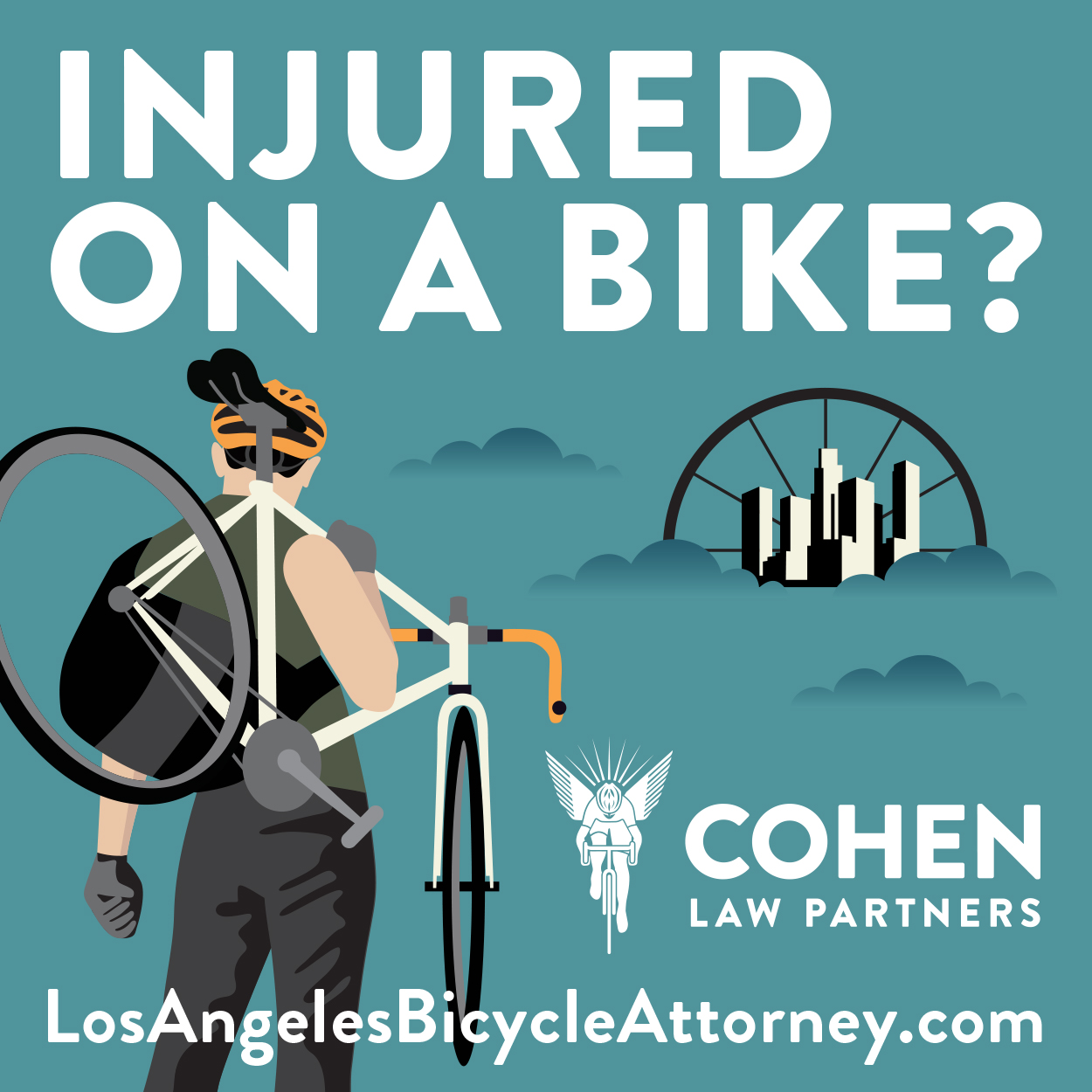While debates over a proposed major development and the bungled hiring and firing of a public relations director rage on, the City Council also quietly made a step towards becoming a more progressive city. The Council voted unanimously, and with little debate, to reduce motor vehicle speed limits on a half-dozen stretches of roadway.
The staff report, which includes a list of the streets that will see reduced speeds, can be read here.
Because state law restricts how much cities can control speed through limits, decreasing speeds on streets is more of a reaction to current traffic patterns than an attempt to slow down existing traffic. Los Angeles officials have been raising limits throughout high-traffic streets in the San Fernando Valley despite the opposition of community groups and local politicians. Conversely, lowering speed limits on residential streets has become a hot issue in New York.
There are certainly benefits to lowering speed limits. A study on the impact of lowering speed limits in London over 20 years showed an overall decrease in traffic fatalities, even on streets that did not have limits lowered. At “How We Drive,” Tom Vanderbilt explains, “…the introduction of 20 mph zones was associated with a 41.9% (95% confidence interval 36.0% to 47.8%) reduction in road casualties, after adjustment for underlying time trends…The reduction, they also note, was greatest for young children.”
And that’s what Santa Monica is hoping to achieve. Creating safe streets is important. Lowering limits is just a means to an end.
“It is not that we are looking to slow down traffic; rather, the improvements we’ve made on certain street segments – traffic calming measures (curb extensions, medians, etc.), buffered bike lanes, on-street parking – cause motorists to recognize that our streets are the types of places where you shouldn’t drive too fast,” Sam Morrisey, a traffic engineer with the City, wrote in an email to Next.
“So when we go out and gather our speed measurements for our survey, we find that motorists are already driving slower, at speeds more appropriate for the roadway conditions and the other types of users they see on the street (bikes and peds),” he wrote.
While street safety advocates applaud yesterday’s news, there is still hope that this means more streets will qualify for lower limits in the near future.”I’m happy to see a move in this direction,” Cynthia Rose with Santa Monica Spoke wrote in an email. “We have a long way further to go for safety and equity for the most vulnerable pedestrians and cyclists on our city streets. The safety of our children and all road users must be our ultimate goal.
“I believe we must be more proactive and creative in fixing the unsafe and inequitable car dominant road allocations and designs from the 50’s we are currently stuck with. People walking and biking are not obstacles – we must design and redefine our use and allocations of roads and this public space that belongs to everyone not just people in motor vehicle,” she wrote.
Rose brings up an important point. While it is exciting to see any city lowering limits, it’s usually in response to the existing conditions. State law requires that cities set speed limits at the 85th percentile of moving traffic during a speed limit survey. Cities have some discretion to raise or lower limits five miles per hour if they can prove a special circumstance, such as a the presence of a nearby senior center or park, that would make faster-moving traffic hazardous.
Santa Monica’s last speed survey was taken in 2009, but Morrissey believes that future surveys will allow more streets to have reduced speed limits.
“Since our last speed survey in 2009, we’ve added many more miles of new bicycle facilities, we’ve implemented road diets, and added a lot more on-street parking,” Morrissey wrote. “So that resulted in some changes that are reflected in the current speed survey. In the next five years we will likely see even more changes – Michigan Avenue Neighborhood Greenway, Expo Light Rail, Colorado Esplanade, the extension of Olympic Drive to Ocean Avenue – so we expect some associated changes in vehicle speeds after that.”

